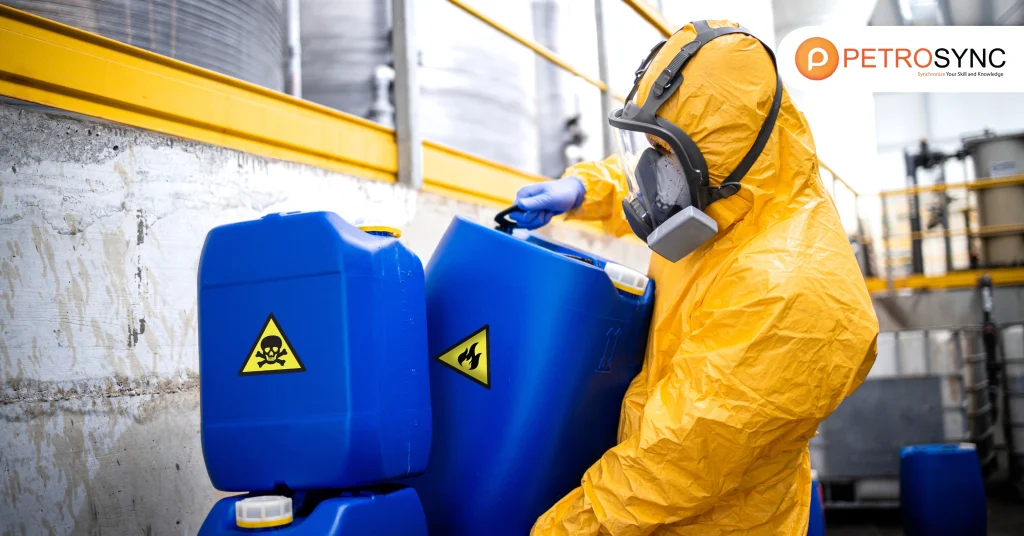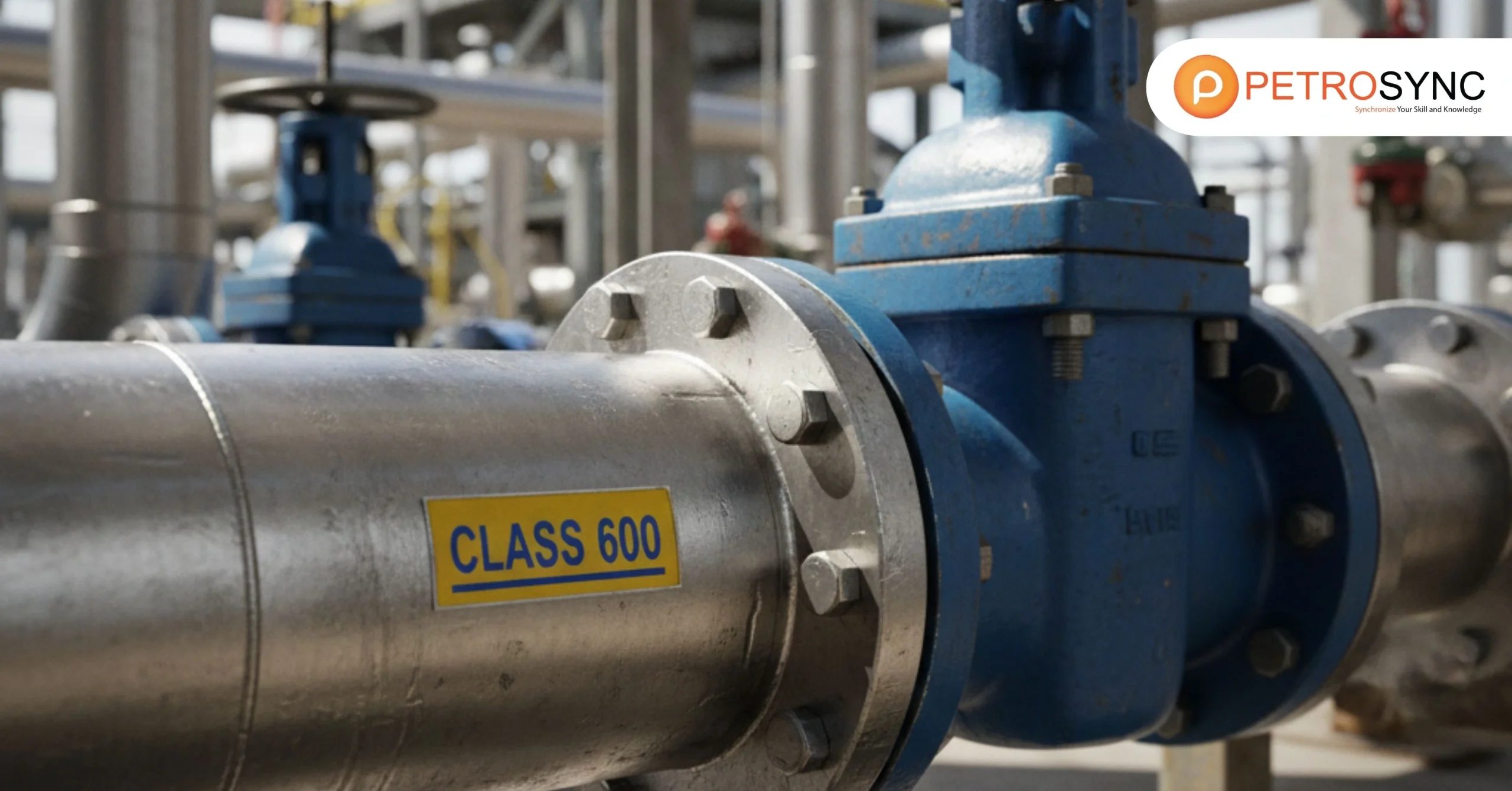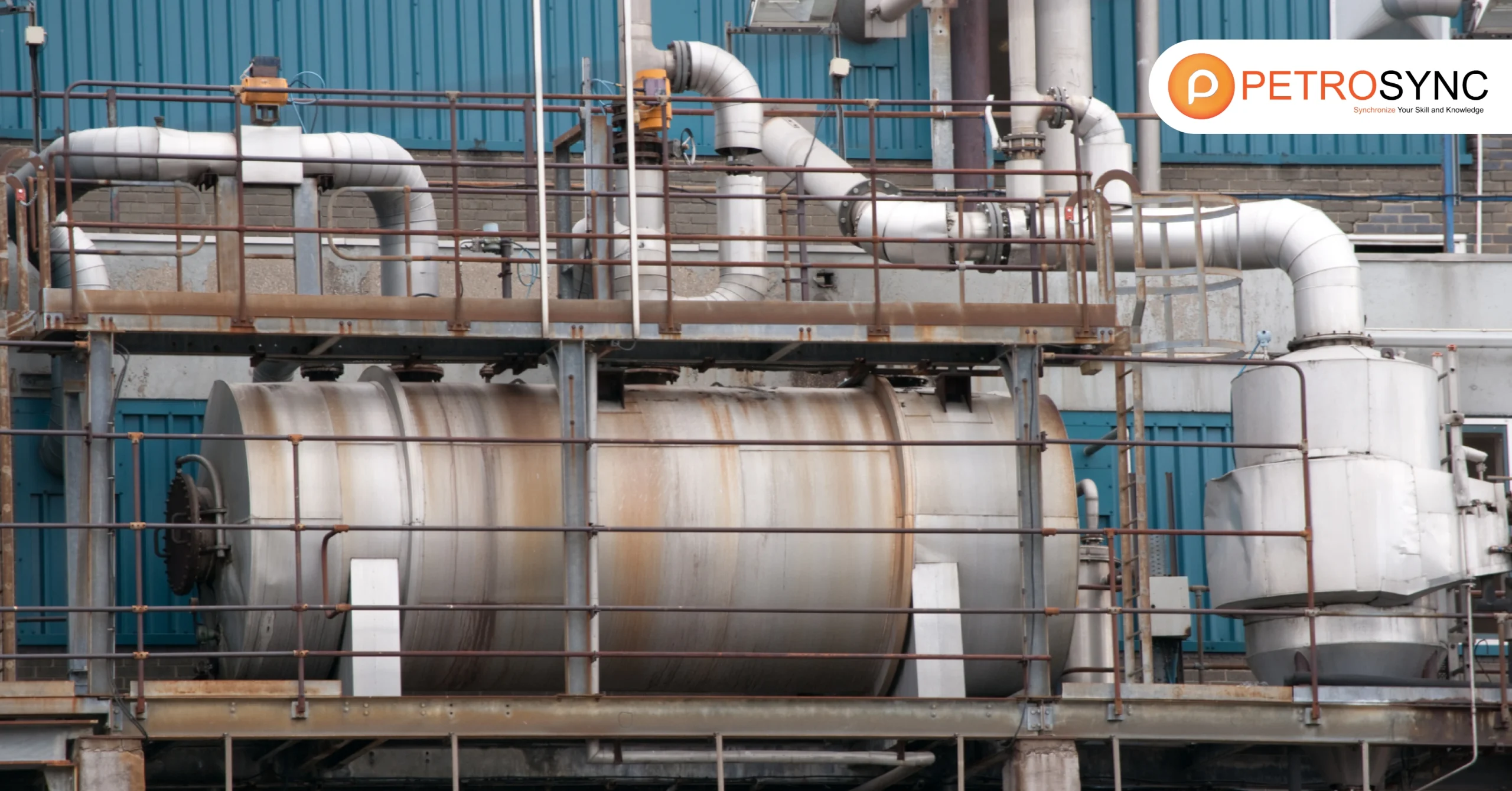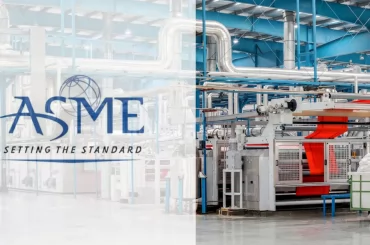Many of the products we use run through a chemical plant at some point, including plastics, fuels, fertilizers, medicines – hell, the list goes on and never ends. These industrial plants rely on highly sophisticated technologies and intricate processes to turn raw materials into high – value chemicals.
In high-risk industries, such as chemical manufacturing systems and configuration failures lead to massive financial and environmental damages. For this reason, it is vitally important that both engineer and industry professionals know about chemical plants, their modes of actions, types of plants and best practices for safe and efficient operations of these systems.
Let’s explore deeper!
What is a Chemical in Plants?

By “chemical,” at an industrial level means stuff being used in production and produced during manufacturing. Chemical plants which make compounds such as ethylene, ammonia and sulfuric acid from petrochemical (Natural gas, water & minerals).
These processes involve transformations that occur under controlled conditions: operators must carefully manage temperature, pressure, and catalysts to start those reactions. Many industries – including agriculture, pharmaceuticals, textiles, and energy – widely use these chemicals.
What is an example of a chemical plant?
A grand example of the world’s most acclaimed is BASF Ludwigshafen in Germany — the biggest fully-integrated complex of chemical plants on earth. With 200+ interconnected plants it moves materials and energy in an entangled pipeline network for optimal usage.
Another notable example is PT Pupuk Kaltim in Indonesia, which manufactures ammonia and urea fertilizers for the agricultural sector. With high production capacity and advanced automation, it’s recognized as one of Southeast Asia’s most efficient chemical plants. In addition to large industrial players, smaller-scale chemical plants also play a vital role, especially in developing economies.
For instance, local chemical manufacturers in Southeast Asia focus on specialty chemicals for regional markets, such as dyes for the textile industry in Indonesia and biodegradable detergents in Malaysia. These facilities often operate under tighter regulations and emphasize innovation and sustainability to remain competitive.
What are the different types of chemical plants?
Chemical plants are categorized based on the products they manufacture or the processes they employ:
1. Petrochemical Plants – Process by-products of crude oil refining like ethylene, propylene, and butadiene.
2. Pharmaceutical Plants – Produce active ingredients for medications.
3. Polymer Plants – Manufacture plastics and synthetic rubber.
4. Agrochemical Plants – Focus on fertilizers, pesticides, and herbicides.
5. Specialty Chemical Plants – Produce high-value, low-volume products such as food additives, dyes, and surfactants.
Moreover, with the rise of green chemistry and sustainability goals, a new class of chemical plants has emerged—biochemical plants. These plants convert biomass, like agricultural waste or algae, into renewable chemicals such as bioethanol and bioplastics. They represent the industry’s shift toward circular economy principles and environmentally friendly production practices.
Each type requires a unique approach in terms of process design, safety regulation, and quality control systems.
What are the best chemicals for plants?
If we shift the context to plant growth in agriculture, here are some of the most essential chemicals:
- Nitrogen (N): Encourages lush, green foliage.
- Phosphorus (P): Supports strong root development and flowering.
- Potassium (K): Boosts resistance to disease and environmental stress.
- Micronutrients (Fe, Mn, Zn, Cu): Vital for metabolic functions in small doses.
These nutrients are typically formulated into compound fertilizers to enhance absorption by crops. Agricultural studies have shown that chemical fertilizers can increase crop yields by 40%–60%, proving their critical role in food production.
 How do chemical plants work?
How do chemical plants work?
Chemical plants operate using either continuous or batch processing, depending on the product type. Here’s a general overview of how they function:
1. Raw Material Handling: Materials are received and stored in tanks or silos.
2. Chemical Reaction: Reactors convert raw inputs into intermediate or final products.
3. Purification & Separation: Techniques like distillation, crystallization, or extraction are used.
4. Packaging & Distribution: Products are packaged and delivered per industry standards.
Safety is paramount at every stage. Automation and control systems—such as DCS and SCADA – monitor pressure, temperature, and flow rates in real time. According to the U.S. Chemical Safety Board, over 60% of industrial chemical accidents stem from operational failures or lack of oversight, underlining the need for proper training and regular system maintenance.
Join PetroSync’s Expert Training and Enhance Your Expertise
In a rapidly evolving industry like chemical manufacturing, field experience alone is not enough. Continuous knowledge updates are essential to stay relevant amid emerging technologies, regulations, and risks.
PetroSync, a leading training provider in the Asia-Pacific region, offers industry-focused programs such as Chemical Plant Process Safety, Industrial Automation for Chemical Engineers, and Process Hazard Analysis (PHA). These courses are crafted by seasoned industry experts and combine technical theory with real-world case studies.
The benefits of attending structured training go beyond technical understanding. According to a report published in the Journal of Professional Issues in Engineering Education and Practice, engineers who undergo continuous professional development report up to 25% higher productivity and are significantly more likely to lead safety audits successfully.
This directly translates to fewer accidents, improved process optimization, and better team performance in chemical plant operations. Joining PetroSync’s training programs doesn’t just enhance your skill set—it also provides globally recognized professional certification, making you a more valuable asset to multinational companies in the oil, gas, and chemical sectors.
It’s an essential investment for engineers, operational managers, and technical professionals aiming to advance their careers on a global scale.

Results-oriented and thorough SEO specialist with extensive experience in conducting keyword research, developing and implementing digital website promotion strategies and plans, managing campaigns to develop company websites in the digital world, excellent knowledge of marketing techniques and principles, and attentive strong attention to detail.







